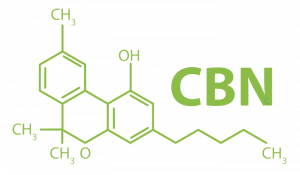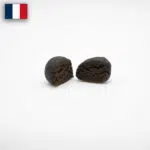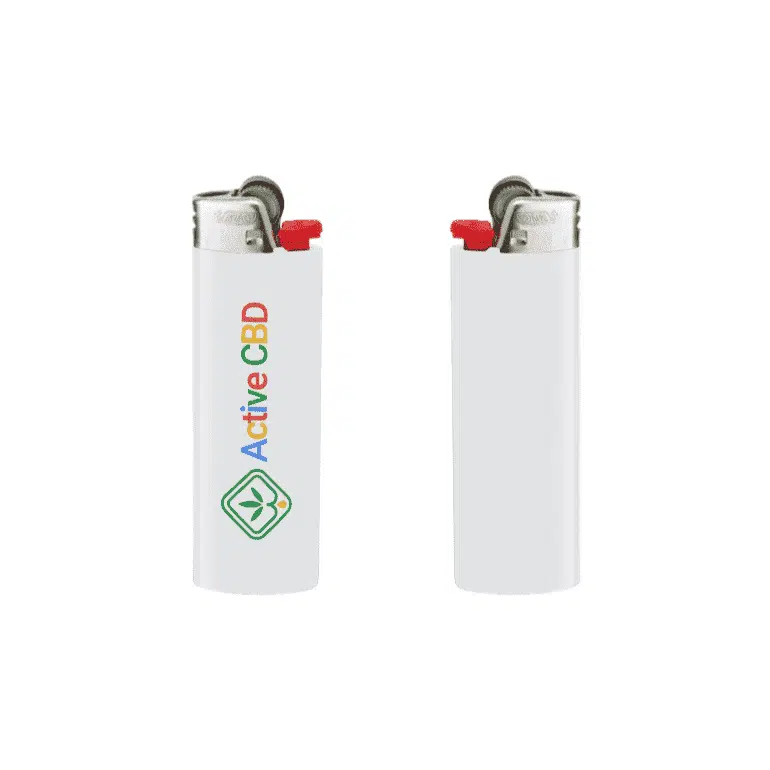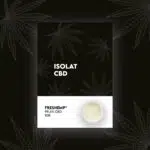C anna b i n ol ( CBN ) is a cannabinoid which is not present in the fresh plant nor produced directly by it, but its concentration increases with exposure to light and air because it is a product from the oxidation of tetrahydrocannabinol (THC).
What is CBN – CannaBiNol?

CBN , or cannabinol , is a cannabinoid, that is, one of many chemical compounds found in cannabis. All cannabinoids interact with the body through a series of receptors known as the endocannabinoid system (ECS). The ECS is responsible for regulating all sorts of functions related to sleep, appetite, mood, and pain. It also adds to the long list already known today: THC, CBG and CBD. Unlike its neighbors, CBN does not come naturally from plants, it is the result of a process.
It does not occur naturally in significant amounts in Cannabis sativa L. (marijuana) varieties, but it does occur in small amounts in hemp . CBN acts as a weak CB1 and CB2 receptor agonist, but is a more potent pain reliever than THC. It has been shown to be an effective antibacterial agent against certain strains of Staphylococcus aureus and Streptococcus pneumoniae.
What are the effects of CBN on our body?
CBN has been shown to have sedative effects. A 2007 study found that CBN was mildly sedating when given alone in low doses. When combined with THC (which also has sedative properties), the sedation is deeper.
Unlike other cannabinoid plant molecules, this molecule does not bind to roaming endocannabinoid receptors in our body. However, this does not mean that it is not beneficial for the body.
On the side effects, the CBN, although it is not psychoactive, gets the same feelings as the THC. A detail that, in fact, allows it to provide a large number of therapeutic benefits on the body and mind.
Here is a list of the therapeutic properties of CBN:
- It stimulates appetite and helps relieve vomiting and nausea.
- It is used in treatments against anorexia.
- Cannabinol is capable of replacing antibiotics and fighting bacteria that are resistant to them.
- The anti-inflammatory properties of Cannabinol allow it to relieve pain, thanks to its powerful analgesic effects.
- Studies increasingly show its effectiveness against asthma. Therefore, it can be used as an anti-asthma drug.
The difference between CBN and other cannabinoids
Cannabis is full of different cannabinoids. Some work together to enhance their effects, while others negate them. For example, CBD and THC have been shown to antagonize each other: CBD can counteract the intoxicating effects of THC and vice versa.
Another important difference between CBN and other cannabinoids is its legal status. Like other cannabinoids derived from marijuana plants, CBN is classified by the Drug Enforcement Agency as a Schedule I substance of the Controlled Substances Act. It is therefore illegal in most states.
Differentiation between THC and CBN
THC and CBN are similar in how they affect our bodies. Both cannabinoids have sedative effects and may contribute to the sleep-inducing properties of cannabis strains that contain them.
However, there are key differences between the two cannabinoids. While THC interacts directly with cannabinoid receptors in the brain to produce an altered state of consciousness or a “high” feeling, CBN binds only lightly to these receptors and acts more indirectly.














